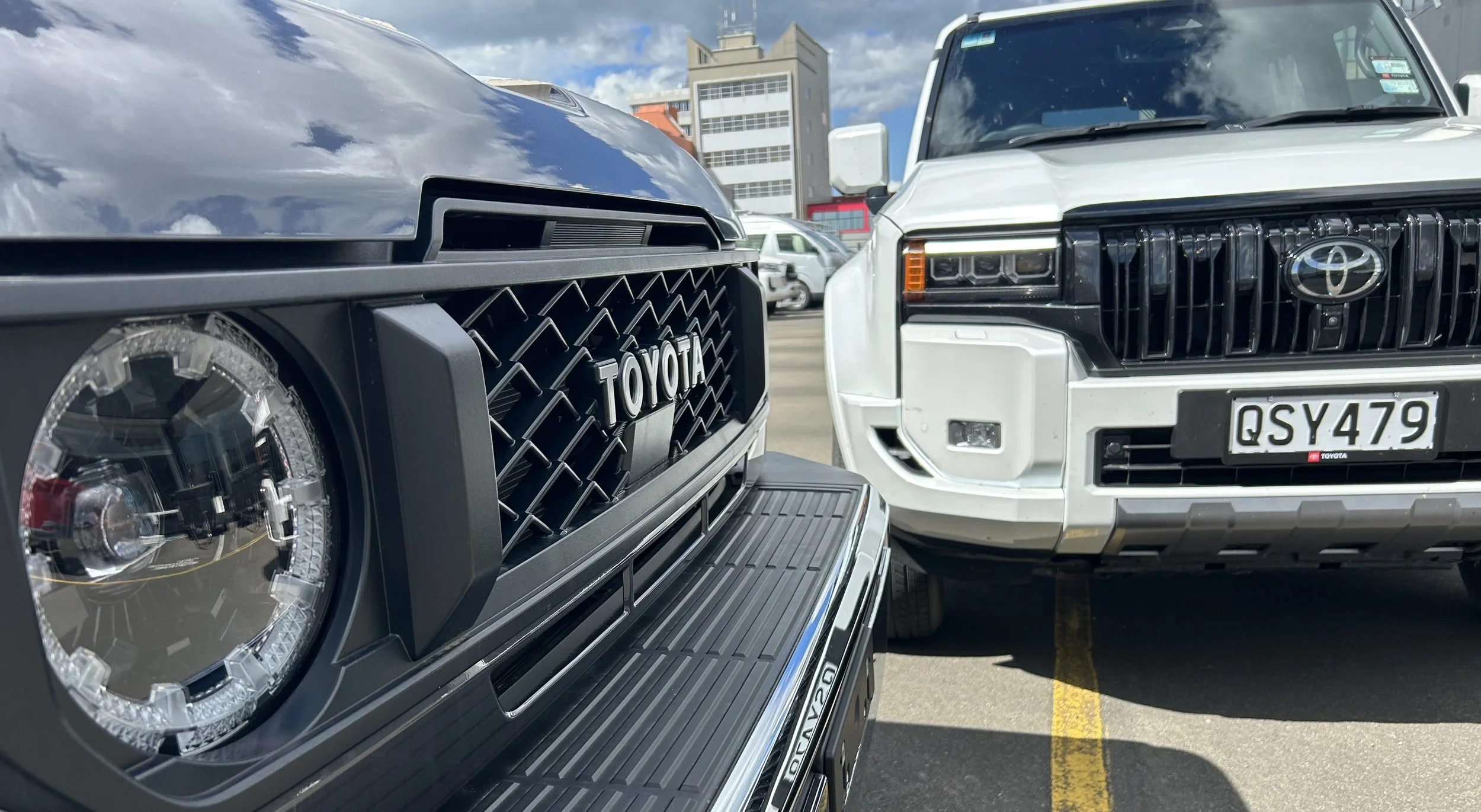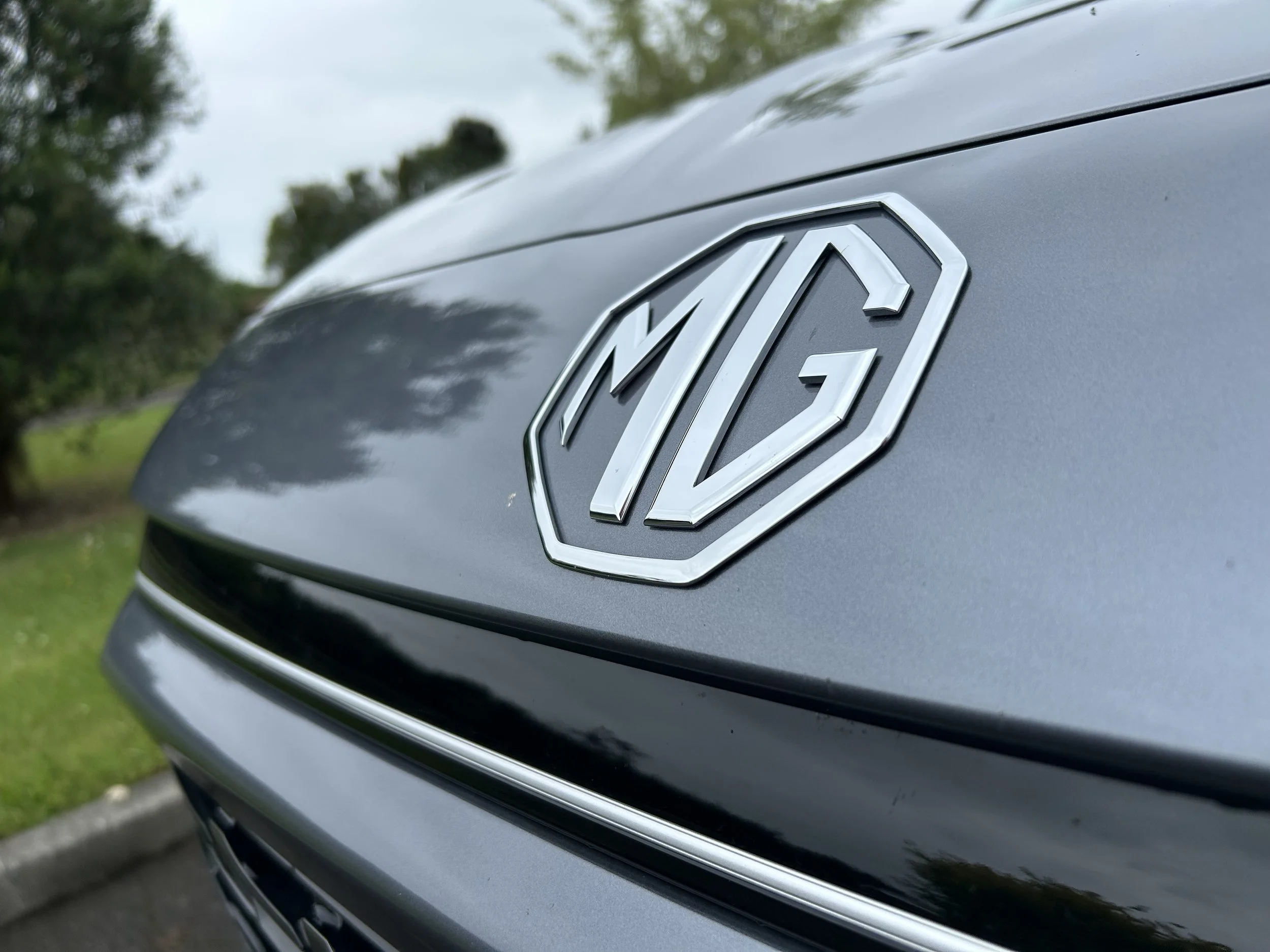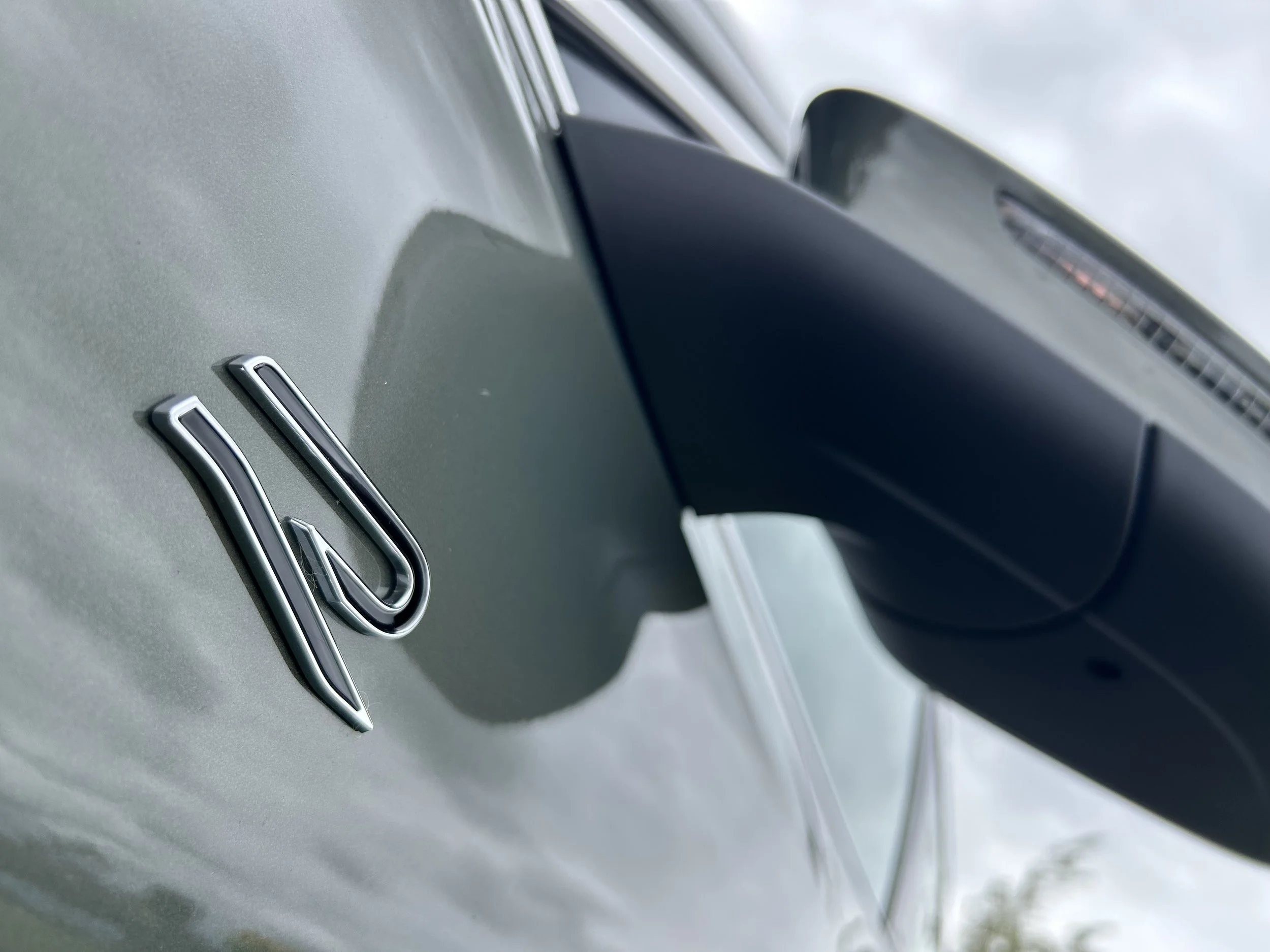Express delivery from France
/Mitsubishi’s new van is en route from Europe … because it’s a Renault Trafic. But not in every sense.
Mitsubishi Express will arrive in a standard wheelbase format, whereas donor Renault Trafic (below) also avails in a long wheelbase format.
CONJECTURE the Mitsubishi Express van soon on sale here is a Renault Trafic clone in all but name and badging doesn’t bear out.
The first van Mitsubishi has had since the 1980s’ era L300 was retired seven years ago runs identical engines to those in the French original, and also sources from the same factory in France.
However, the lines head in different directions in terms of variant count and Renault also offers a lengthened wheelbase alternate to the standard format it and Mitsubishi offer.
This all unfolds from dissection of information sent out yesterday by the Japanese marque’s distributor.
The story is incomplete because Mitsubishi Motors New Zealand has yet to release the most crucial single element about the two models it intends to put into showrooms in July: Their price.
Those stickers won’t be announced for at least another fortnight, the brand’s marketing and communications manager says.
Reece Congdon says the vehicles have yet to arrive and there’s reluctance to absolutely sign off on the RRPs under consideration until they do.
“I think it will be before the end of the month … it could be a matter of two weeks or so. There have been some hold-ups due to Covid-19 and we’re just awaiting their arrival.”
Express will launch in a 3098mm wheelbase form, the first with a 1.6 turbodiesel with a manual transmission and the other with a 2.0-litre turbodiesel and wet dual clutch transmission, also a six-speed.
Engine outputs are rated as per Renault’s application, so 103kW and 340Nm from the 1.6 and 125kW and 380Nm out of the bigger capacity engine. Optimal economies of 6.2 and 7.3 litres per 100km are suggested and emissions run between 164 and 191 grams per kilometre. The 1.6 is Euro 5 and the 2.0-litre meets Euro 6 d standard.
Trafic offers in this standard wheelbase form - designated ‘SWB’ – with those drivetrains. But it also has ‘LWB’ editions, with a 3498mm wheelbase, also with those powertrains.
Mitsubishi has developed an Express in the longer wheelbase format, and it has gone on sale in Australia, with the 2.0-litre drivetrain (that only came to Trafic in NZ in March). But this model has not been chosen for New Zealand.
Why? “That was an opportunity decision,” explains Congdon. “The volume of van sales in NZ are SWB models so we decided to launch with a SWB range for the time being. Obviously we will review that over time and assess if there is any market demand for a LWB Express.”
Express went on sale across the water last week; there it costs $1070 less than the equivalent Trafic. Even though there are spec and sales offer differences that likely account for this, that placement perhaps gives some idea of what MMNZ will aim to achieve.
The Trafic line-up here starts with 1.6-litres in $41,990 SWB and $43,990 LWB Trader trim. There is also a more fulsomely furnished 1.6 LWB for $50,990. Above this are 2.0-litre ‘Auto’ variants in the same specification level costs $53,990 and $55,990
When wheelbase commonality is considered, the models are sister ships in styling, engineering and drivetrains – not to mention performances, economy and load-carrying abilities, the payloads being 1150kg (1.6) and 1116kg.
Yet they don’t wholly replicate for driver features. Express has digital radio, Bluetooth phone (and the same fancy dash-mounted cell phone holder as Trafic) and audio streaming, but absent is Trafic’s 7.0-inch touchscreen, needed run Apple CarPlay and Android Auto and its latest sat nav application.
The automatics in either guise add a rear-view camera with in-mirror display, rain sensing wipers, front fog lights, self-dimming interior mirror and auto headlights, but the Renault steering wheel is a bit fancier, being leather-wrapped.
The safety story is aligned and any embarrassment MMNZ felt back in the day about selling the L300 with poor occupant protection features – the issue that ultimately forced it out of the market – can be put to bed now.
With six airbags, roll over mitigation, stability and traction control, anti-lock braking system and electronic brakeforce distribution (EBD) Express and Trafic are ticking boxes postively.
Yet they could be better. Growing insistence from safety organisations for vans to follow passenger models in taking autonomous emergency braking has yet to influence Renault, so Mitsubishi misses out as well in opportunity to join a club that locally started with Volkswagen Transporter and now includes the Ford Transit and Toyota HiAce. Blind spot detection and driver fatigue monitoring are also absent.
More differences? Aside from having a different grille and bonnet design, the Express has halogen headlights instead of the newer LED units Renault introduced with a 2020 update.
The Express’ standard features include a three-seat interior and driver’s seat with armrest, height and lumbar adjustment, fabric seat trim, rubber flooring and urethane steering wheel, left and right sliding doors, 180-degree rear barn doors, cruise control with speed limiter, manual air conditioning control, power mirrors, remote central locking and keyless entry.
The models have unpainted bumpers, 16-inch steel wheels rear park sensors and a rear step bumper. A step-through interior (from cabin to cargo bay) is also set as the standard layout.
Standard driver deliveries across both Express and Trafic include cruise control with speed limiter, stop and start (with manual off switch), and hill start assist. Also standard are reversing sensor and a ‘dead angle’ (wide view) vision with a mirror in the passenger sun visor.
Space and load capacities - a generous 5.2 cubic metres and up to 1150kg payload – are mirrored.
In Australia the models have different warranty structures (advantage Mitsubishi over there) and servicing conditions (advantage Renault). Whether that will also be the case here has yet to be explained.
MMNZ is certainly keen to see a replacement for L300, which sold 38,806 units from 1980 to 2015, and is also noting that the Express stands as the first product it has offered that comes from another Alliance member brand.
Congdon says the Express’s appeal will be “function and flexibility.”
“Dual sliding doors and a number of accessories ensure easy configuration of the Express van for different business requirements. We believe these practical features – along with a strong value proposition – will attract transport operators and delivery drivers back to Mitsubishi.”
And why not keep the L300 badge?Good question, Congdon says. " It was agreed the van would share the same name across both markets in Oceania. Obviously the Express badge has a long history in Australia so we settled on that.”


















